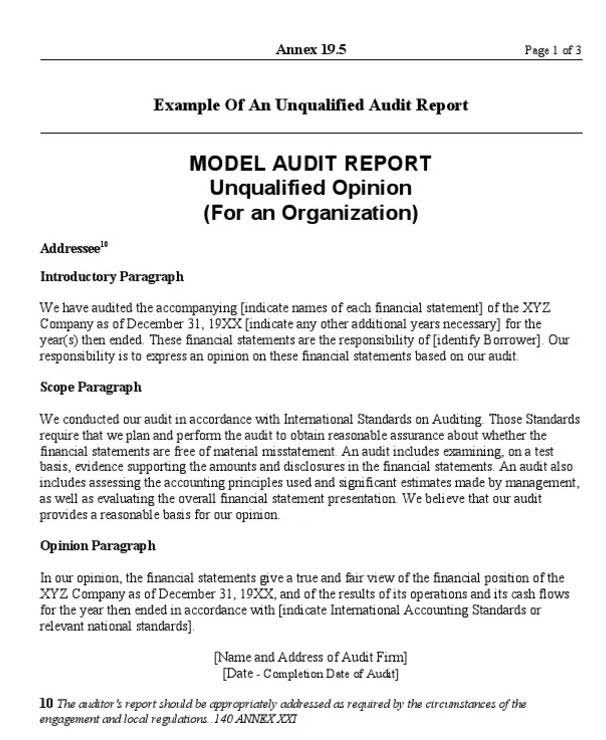
Simplify your financial processes by integrating the chart of accounts with CaseFox for efficient financial management. A well-structured chart of accounts is the backbone of efficient financial management and reporting within a law firm. By Cash Flow Management for Small Businesses establishing a clear hierarchy based on account types, such as assets, liabilities, revenue, and expenses, it provides a standardized framework for recording and classifying financial data. However, it goes one step further than just keeping track of your everyday transactions. Falling short here could lead to significant penalties, including the potential suspension of your license. Your firm’s various financial accounts are organized under these categories.
Thanks for reading CPA Practice Advisor!
It groups various assets and liabilities under separate headings, allowing firms to record transactions accurately. This leads to more reliable income statements and balance sheets that track every account balance accordingly. Ramp is a corporate card and spend management platform that helps businesses save money and time. Its integration with Xero enables seamless tracking of all transactions, making it easier for law firms to manage expenses and maintain accurate financial records. Law practices often deal with complex financial transactions, from client billing to expense management. Custom report layouts in Xero allow law firms to tailor reports to their unique needs.
- Intuit Inc. does not have any responsibility for updating or revising any information presented herein.
- Each jurisdiction has its own set of rules and regulations, so you need to be diligent in your processes.
- For example, accidentally depositing trust funds into your operations account is a major violation.
- This training should include how to record financial transactions, reconcile accounts, and generate reports.
- From that data, you can calculate various liquidity metrics — with the goal of understanding how well your firm can meet its financial obligations.
Income
Some of the most common types of revenue or income accounts include sales, rental, and dividend income. Type the new account name in the category box on the bill, check, or expense transaction you’re creating. When the software doesn’t find an existing name match, it’ll list “+ Add new” as an option at the top of the dropdown menu. Clicking this will give you a pop-up window to create your new account.

Cash vs. Accrual Accounting: Which is Best for Your Business?
Keeping client funds separate ensures the money isn’t inadvertently used for your business or personal expenses. You can add as many accounts to your chart of accounts as you need to prepare accurate and informative financial statements, but don’t let your chart of accounts get too unwieldy. Evaluate QuickBooks for law firms to make sure the software meets your billing requirements as there are law firm chart of accounts some limitations. If you plan to use other billing programs, be sure to investigate how the program will integrate with QuickBooks. Once you have a billable expense set up, expense can be assigned to clients and put on invoices to get reimbursed. By ensuring that compensation is accurately tracked through efficient bookkeeping for lawyers, your firm can better manage payroll and stay compliant with employment regulations.
What are the Disadvantages of Xero?

Many lawyers go to one or the other extreme—they either claim everything (and possibly more than they’re allowed to), or they’re so afraid to overstep they miss out on tax deductions. It involves a ton of inefficient, manual work—involving a lot of spreadsheets, paper invoices, inputting data entry, and struggles with collections. This is because a professional legal bookkeeper and accountant can help you manage your firm’s revenue and ensure your firm’s financial transactions are handled ethically and accurately. While it’s essential to understand the fundamentals of accounting for law firms, you still aren’t an accountant or bookkeeper.

- Overcomplicating it can make bookkeeping cumbersome, while too little detail can obscure important insights.
- From paying staff salaries and rent to covering court fees and other operational costs, a steady flow of funds is crucial.
- As we showed with the law firm chart of accounts samples in this post, the exact details of the chart will vary depending on your firm’s situation and jurisdiction.
- For example, you may need to add accounts for expenses related to legal research, continuing education, or office supplies.
- You most likely have more than a single IOLTA (Interest on Lawyer’s Trust Account) or Client Trust account and if correct steps are taken, these accounts can all be handled in one company file.
Without this level of diligence, law firms can become vulnerable to penalties and sanctions. Note that all IOLTA accounts are trust accounts, but not all trust accounts are IOLTA accounts. This is the process of reconciling your bank statement with your client trust adjusting entries account ledger and individual client ledgers.
- Align accounts with your reporting needs, tracking costs for individual cases or differentiating marketing expenses.
- Law practices often deal with complex financial transactions, from client billing to expense management.
- A double entry system, therefore, has two equal and corresponding sides—or debits and credits—and creates a balance sheet consisting of assets, liabilities, and equity.
- This way, your firm can stay compliant with ethics rules—and you can ensure you aren’t leaving money on the table.
- This means taking the time to carefully structure your chart of accounts (especially by using a template) will give you the best foundation for the rest of your financial reporting.
Significance of a Tailored Chart of Account for Legal Firms
Maintaining accurate ledgers and routinely reconciling accounts can also take up a lot of time. For example, you must maintain an accurate ledger for each client in case they ask for their account’s status. The following guide explains the fundamentals of law firm accounting and bookkeeping. But setting up your finances properly won’t just make it easier to file your taxes each year—it’ll save you time, money, stress, and potentially legal trouble. Using a legal accounting solution can make an especially big difference.

Most law firms will not need multi-currency support, so the decision really rides on whether or not you need Xero Analytics Plus. If you are feeling stuck and want to leave a note for yourself or your accountant, using the Discuss tab is a great option. We like to have our clients use this feature and we create an Uncoded Statement Line Report at the end of each week to see all notes in one easy-to-read report.